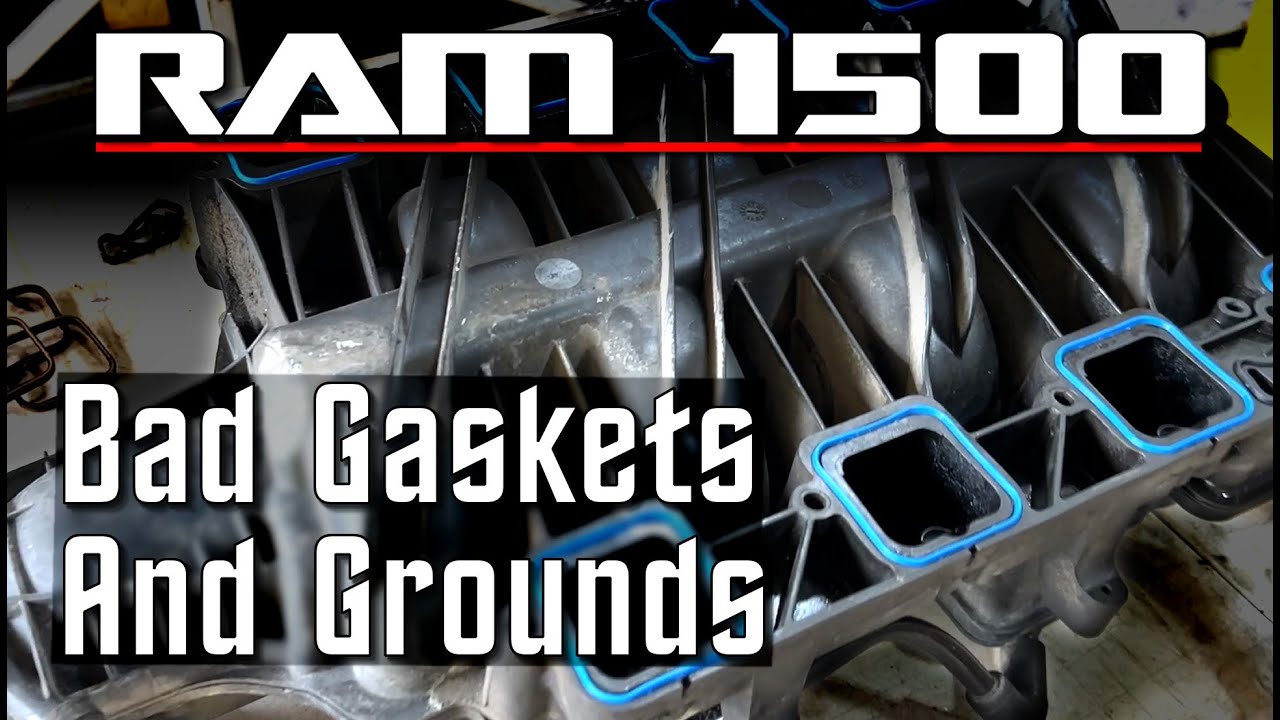Mister Luck
cassis tutissima virtus
- Joined
- Aug 25, 2020
- Posts
- 1,651
- Reaction score
- 589
- Location
- WEST COAST
- Ram Year
- 2016/2017
- Engine
- 5.7 V8
I want you to rethink this strategy of grounding an aluminum cylinder head to the body of it’s chassisThank you everyone who replied. After further searchs on Google it appears this is not really an uncommon problem with Ram trucks of my vintage. One fellow claimed to have cured it by sanding the grounding location of the antenna. I tried this - no luck. And to answer a question about the ground strap I replaced it was from the engine head to the body. Possible that the alternator is the problem. I will try disconnecting that and see if it cures the problem. As to why I listen to am - I am old cranky and set in my ways. I like a specific talk radio and I dont want to Bluetooth my phone every time I get in the truck for a five minute trip. Out in the boonies where I live lots of am stations are crystal clear. If I want music I use Bluetooth cause I am fussy about what I listen to.
Electrolysis exist because of electrical conductive current ( engine coolant ) flowing inside two dissimilar metals the softer of the two is the aluminum
And it is almost always commented because this is not readily observable but I always advise against it because I have seen the worse case scenario. The additional path for electrical current to travel is not necessary because of the vehicle’s ignition system..
I thought you actually meant the entertainment system as calling it the head .. which I also wanted to ask
“ is it the original radio because in 2016 RAM still referred to connected devices as iPods “
Last edited:




